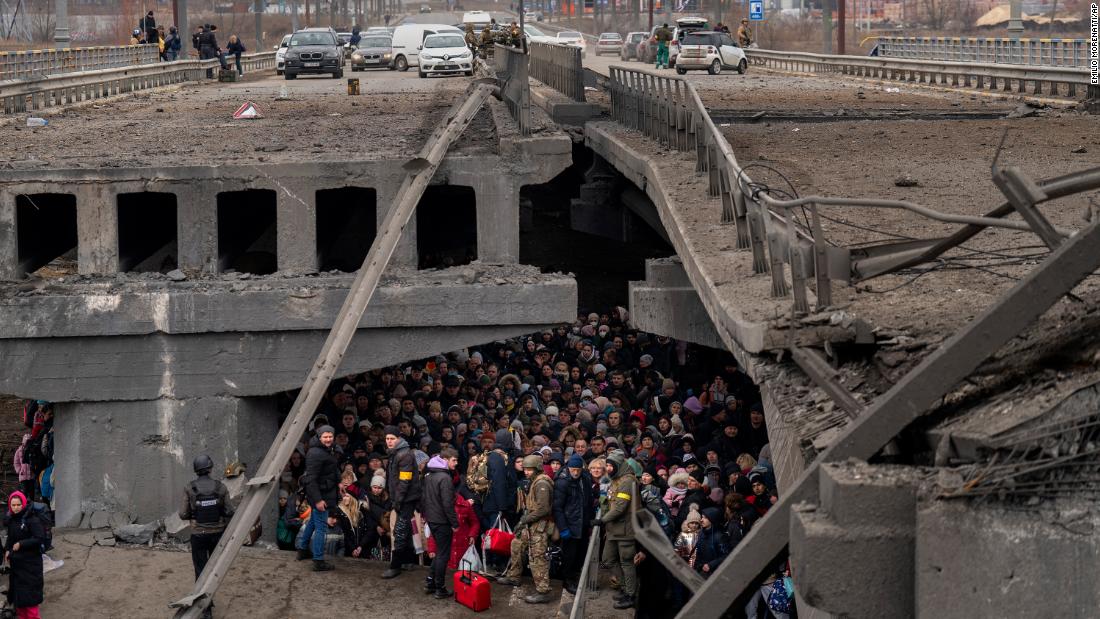New Youth Mental Health Data ‘A Cry for Help’: Study
Researchers are concerned by a rise in untreated adolescent depression, associated with suicide and homicide as the second and third most prevalent reasons for youth mortality.

While youth mental health was already deteriorating before the coronavirus pandemic, in the two years following the isolation, grief, and anxiety, researchers are finding that a dark wave of depression is washing over the adolescents of America alarming many because of suicide and homicide rates associated with prevalent depression, reports the Pew Charitable Trusts.
What’s worse, many of these high depression rates among children are not being treated.
According to Mental Health America, a nonprofit research and advocacy organization, more than 60 percent of children who experience a severe depressive episode do not receive treatment — with the state of Maine having the lowest prevalence of untreated youth depression, and Texas has the highest, with Mississippi and Arizona following close behind with dangerously high rates of youth untreated depression.
“These data echo a cry for help,” said Debra Houry, a deputy director at the Centers for Disease Control and Prevention, who spoke with the Washington Post on the growing mental health crisis. “The COVID-19 pandemic has created traumatic stressors that have the potential to further erode students’ mental well-being.”
With this untreated depression, “[s]uicide is now the second leading cause of death among children 10 to 14, according to the federal Centers for Disease Control and Prevention.”
What’s worrying, experts add, is while suicide is the second leading cause of death among children, homicide is the third cause of adolescent mortality.
Mental health clinicians note that the risk factors for both suicidality and homicidality often go hand-in-hand regarding similarity, which is why a proper diagnosis of disorders and a handle of psychosocial stressors should be of the utmost importance.
Experts are further sounding the alarm on these mental health findings noting that studies show that psychiatric comorbidity increases the odds that someone will commit various types of violent crime.
One study published in Journal of American Academy of Child Adolescent Psychiatry found that youth with 3 or more diagnoses (roughly 16 percent of the population) accounted for 54.1 percent of the individuals arrested for violent crimes.
Moreover, youth with at least 1 mental health illness diagnosis committed 85.8 percent of all crimes committed by that age group.
Another study, published in 2007 with groundbreaking findings, discovered that of a longitudinal sample of 1,420 children ages 9, 11 and 13 followed annually until they were 16 uncovered that 31 percent ended up with one or more adult criminal charges with an attribution to risk of criminality stemming from childhood disorders.
Because of these findings, schools are the primary place to attack this emergency for children’s mental health because educational institutions can offer guidance and data reporting that isn’t feasible at home.
See Also: Why ‘Terrible’ Police Training on Mental Health Leads to Unnecessary Deaths
Learning to Prevent Worsening Mental Health
In order to combat these plummeting mental health and depression statistics, some states are passing new laws to provide money for mental health screening and data collection tools that schools can use to measure the health status of the students, and measure the change over time.
But training alone is not enough to prevent suicides and ensure that kids experiencing mental illness get the care they need, said Julie Goldstein Grumet, an expert in suicide prevention, who spoke with Pew.
“Schools need to create a safe and open culture where kids know it’s OK to talk about suicide and mental illness,” said Grumet, vice president of the Boston-based Education Development Center, a policy research group.
They also need to develop and sustain strong mental health community partners they can rely on to help their at-risk students, she added, according to Pew researchers.
According to the National Council for Mental Wellbeing, an organization that offers a 32-hour training program called Mental Health First Aid, the amount of K-12 school sign-ups jumped 17.5 percent since the end of 2021.
With 25,000 instructors, the evidence-based curriculum has been used to train 2.7 million Americans in a variety of professions, according to Pew.
“Training is great and important, but it has to be embedded in a comprehensive approach where it’s not ‘one and done,’” Grumet said. “Schools shouldn’t be saying ‘we did the training,’ but rather ‘we transformed the entire culture around suicide prevention and mental health.’”
Additional Reading: Should Cops and Mental Health Caregivers Work Together?

 Landwebs
Landwebs 






















